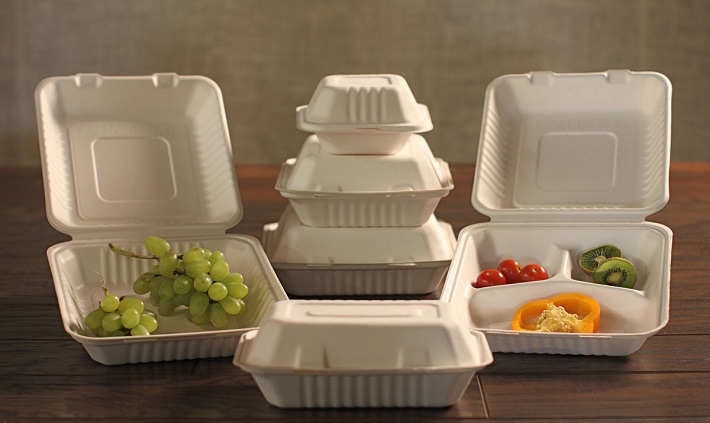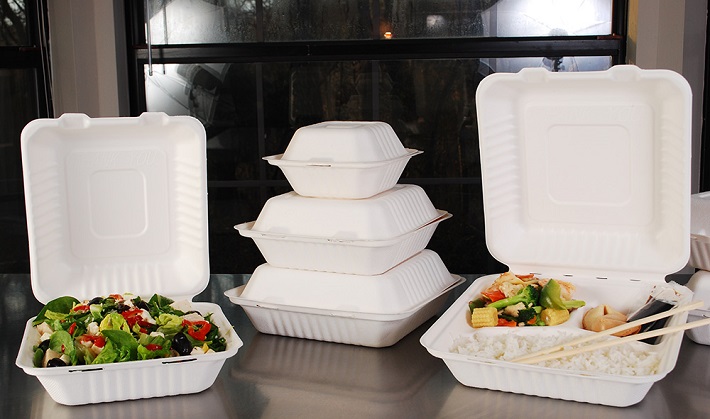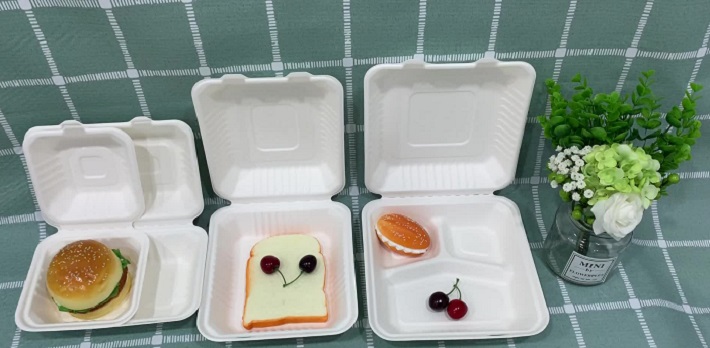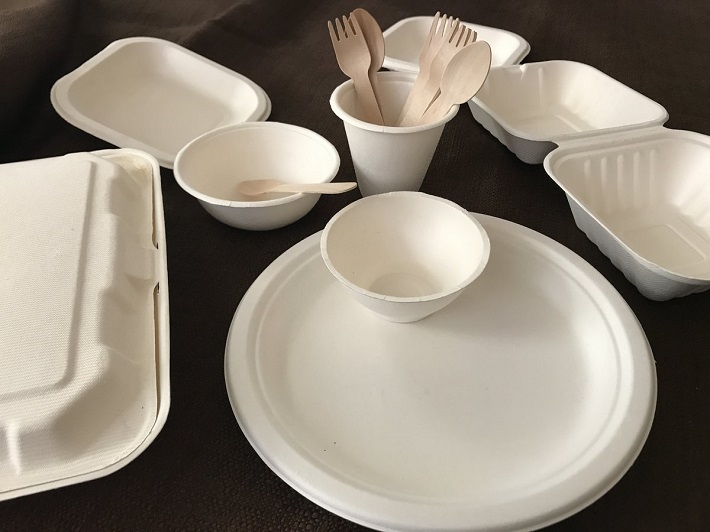If you have ever eaten in a restaurant and have taken your delicious leftovers home, then you probably know what clamshells are. These convenient packing solutions have been around for quite a long time now but they have greatly evolved over the years. This product was first patented back in 1978 by Thomas Jake Lunsford. He got the idea for this type of packaging from the plastic blister packages that are used for packaging electronics, pharmaceuticals, office supplies, hardware, cosmetics, etc.

The most noticeable thing about blister packages is that they are shaped in the form of the item they are holding. Thomas simply developed this idea even more and added a hinge on the packaging so that it can be opened easier. An important factor that contributed to the increase in popularity of clamshell packaging was its very low cost for shipping and the fact that they don’t require to much storage space, as they can fit easily into each other.
Furthermore, Thomas’s clamshell food containers are easy to carry, they keep your food warm and keep everything nice and separated so that you can enjoy your meal straight from the container. The great thing about them is that if you don’t feel like finishing your meal you can always close the clamshell up and save it for later. They are used by almost all restaurants, mainly for packing food to go. And since they are easily manufactured many restaurants like printing their logo and contact info on the container. So, in a way, they have become a disposable advertisement.

But what are clamshell packages made from?
Non-Biodegradable
Most of the non-biodegradable clamshell packaging is made from plastic or a combination of plastic and other materials. The most common plastics used to make clamshells are polystyrene, polyester or PVC. These materials can be transformed and molded into different shapes and sizes. Plastic is one of the most versatile materials and it is used for the production of a great number of goods. However, plastic clamshells are not eco-friendly and pose a great danger to the environment. Many companies have stopped using them and have switched to using more sustainable and eco-friendly packaging solutions.
Biodegradable
On the other hand, biodegradable clamshell food containers are made from materials that are specifically made for one use and decompose fast. Clamshell food containers of this kind are most often made from sugarcane and bamboo. The production process is a bit more complicated, time-consuming and more expensive than the one used for the making of plastic containers. However, with society becoming more aware of its effects on nature and with more and more business owners using biodegradable materials, the production of biodegradable clamshell food containers is becoming cheaper and more popular. Also, clamshell food containers made from sugarcane and bamboo are more breathable, allowing your food to stay fresh for a longer period of time.

Is There a Difference in the Taste?
Yes, there is a significant difference in taste when it comes to comparing foods that have been kept in biodegradable clamshell food containers and plastic ones. Clamshells made from biodegradable materials allow air to circulate through the container, while polystyrene or PVC made clamshells do not. That is due to the fact that bamboo and sugarcane are naturally more breathable materials, while plastic isn’t. Plastic food containers trap the air inside them and steam can’t escape. Over time, it starts to condense and turns into water. But how does this affect taste? Hamburgers are a great example – the heat from the meat will try to escape and over time, the buns will suck up the moisture and become moist and loses its taste. This is not the case with biodegradable clamshells as the air flows through slowly and doesn’t cause water to condense.

Practicality
There is not much of a difference between biodegradable and non-biodegradable clamshell packaging in terms of practicality, both have the same function. The beauty of clamshell food boxes is in their simple design. They are like small briefcases that keep your food. And much like a briefcase, they have sections, they divide your meal so that different tasting foods don’t mix with each other. They are one of the easiest ways to transport food. Restaurants love using clamshells because they come in a variety of different shapes and sizes, making it possible to store different quantities of food in them.
Bottom line is, if you are looking to open a restaurant, choose carefully your packing containers. Think about your customers, the taste of the food you send them home with, your company’s image as well as your impact on the environment. What type of restaurant would you like to run – one that puts sustainability at its forefront or one that harms the planet in every way possible? My advice is to play it smart and choose compostable clamshell packaging to ensure your peace of mind.



